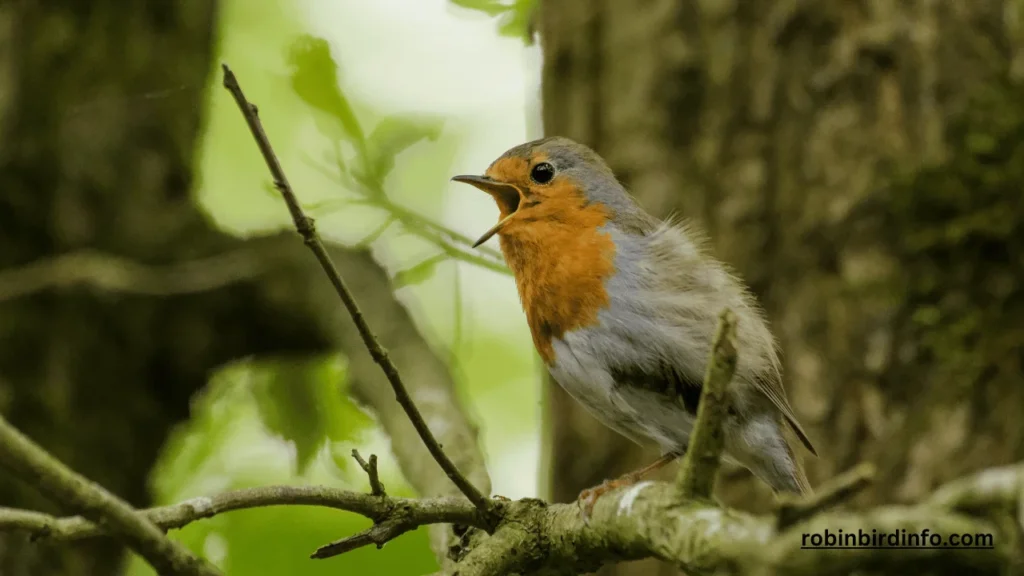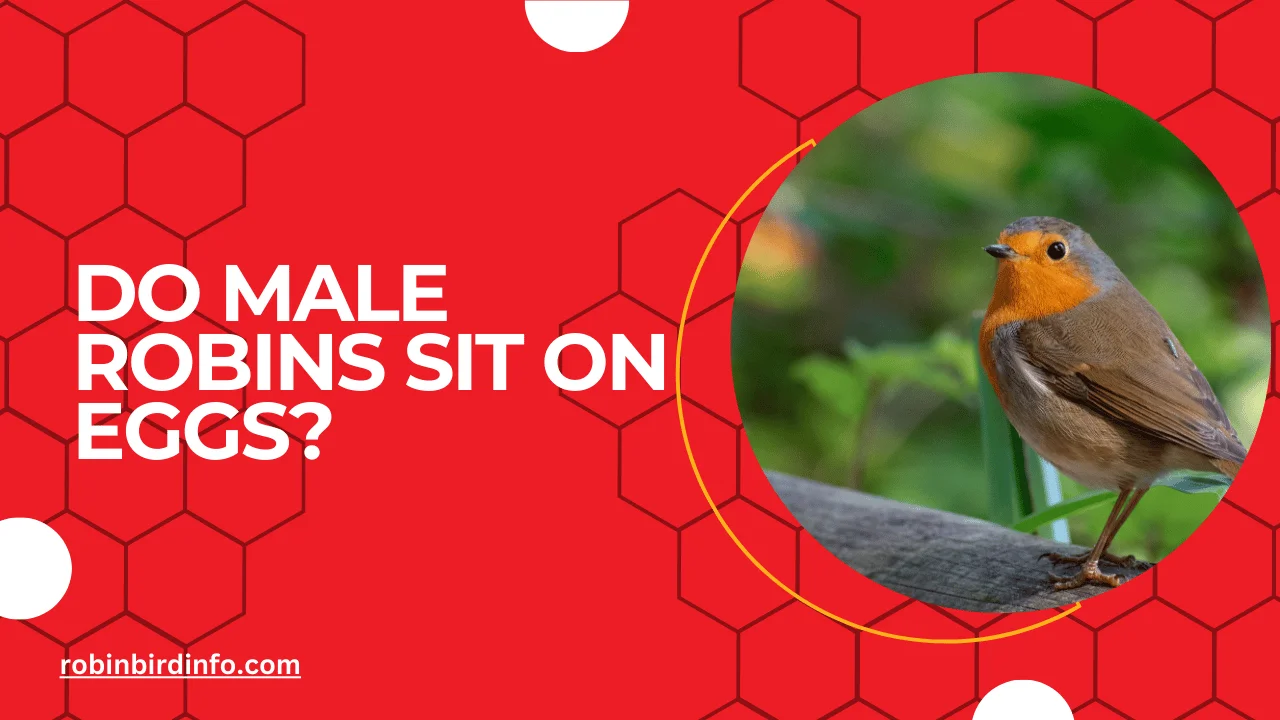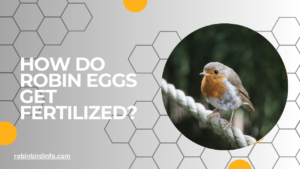Have you ever peeked into a Robin’s nest and wondered – who’s actually keeping those precious eggs warm?
We all know the image: a mama Robin diligently perched on her nest, a picture of avian motherhood. But what if the story wasn’t quite so black and white? What if dad Robins played a bigger role in raising their young than we ever suspected?
The answer might surprise you. Unlike some bird species where the females handle incubation duties solo, American Robins exhibit a surprising level of biparental care. Both male and female Robins contribute to raising their young, and that includes the crucial job of incubating their eggs.
This blog post will delve into the fascinating world of Robin parenting, exploring how male Robins share the responsibility of caring for their offspring and the benefits this teamwork brings to these feathered families.
So, grab a cup of coffee and settle in for a heartwarming tale of avian cooperation – you might just see your backyard Robins in a whole new light!
Contents
- 1 Section 1: The Nesting Process
- 2 Section 2: The Incubation Period
- 3 Section 3: The Role of Both Parents
- 4 Section 4: Benefits of Biparental Care
- 5 Section 5: Conservation Implications
- 6 Conclusion
- 7 FAQ’s
- 7.0.1 Do both male and female Robins incubate the eggs?
- 7.0.2 How long is the incubation period for Robin eggs?
- 7.0.3 How often do Robins switch off during incubation?
- 7.0.4 What do Robins eat while incubating eggs?
- 7.0.5 How do Robins protect their eggs from predators?
- 7.0.6 What happens if a Robin egg is removed from the nest?
Section 1: The Nesting Process
Nest Construction: Robins typically build their nests in trees, shrubs, or on buildings. They construct cup-shaped nests using a variety of materials, including twigs, grass, leaves, and mud. The nest is often lined with softer materials, such as hair or feathers, to provide insulation and comfort for the eggs and young.
Egg Laying: Female Robins usually lay 3-4 eggs per clutch. The eggs are a beautiful pale blue color and are incubated by both parents. The timing of egg laying can vary depending on factors such as weather conditions and food availability.
Section 2: The Incubation Period
Duration of Incubation: The average incubation period for American Robin eggs is around 12-14 days.
Factors Affecting Incubation: Several factors can influence the length of the incubation period, including:
- Weather Conditions: Extreme weather conditions, such as cold spells or heavy rain, can extend the incubation period.
- Parental Care: The level of parental care, including the frequency of incubation shifts and the quality of nest protection, can affect the incubation period.
- Egg Size and Development: Larger eggs may take slightly longer to incubate than smaller eggs.
Section 3: The Role of Both Parents
Incubation Duties: Both male and female Robins share the responsibility of incubating the eggs. They take turns sitting on the nest to keep the eggs warm and protect them from predators.
Parental Care: After the eggs hatch, both parents continue to care for the young. They provide food, warmth, and protection until the young birds are old enough to leave the nest.
Section 4: Benefits of Biparental Care
Increased Survival Rates: Biparental care can increase the survival rates of Robin offspring. Both parents can work together to provide food, protect the nest from predators, and keep the nestlings warm.
Enhanced Reproductive Success: Biparental care can also enhance the overall reproductive success of Robin pairs. By sharing the workload, both parents can invest more time and energy in raising their young.
Section 5: Conservation Implications

Habitat Conservation: Protecting and restoring natural habitats is crucial for the survival of Robin populations. By preserving forests, woodlands, and other natural areas, we can provide Robins with suitable nesting and foraging sites.
Reducing Threats: Minimizing threats to Robin nests, such as controlling predator populations and reducing pesticide use, can help to increase nesting success.
Citizen Science: Participating in citizen science projects can help researchers monitor Robin nesting behavior and identify potential threats. By collecting data on nesting success, nest site selection, and other relevant factors, citizen scientists can contribute to conservation efforts.
Conclusion
The cooperative breeding behavior of American Robins, including the shared responsibility of egg incubation, is a fascinating aspect of their life history.
By understanding the benefits of biparental care and the challenges faced by these birds, we can appreciate the complexity of their social behavior and take steps to protect their populations.
FAQ’s
Do both male and female Robins incubate the eggs?
Yes, both male and female Robins share the responsibility of incubating the eggs. They take turns sitting on the nest to keep the eggs warm and protect them from predators.
How long is the incubation period for Robin eggs?
The average incubation period for Robin eggs is about 12-14 days.
How often do Robins switch off during incubation?
The frequency of incubation shifts can vary, but both parents typically take turns incubating the eggs. The exact timing of the shifts may depend on factors like weather conditions and food availability.
What do Robins eat while incubating eggs?
Both male and female Robins need to eat regularly to maintain their energy levels during incubation. They often forage for insects and berries.
How do Robins protect their eggs from predators?
Robins use a variety of strategies to protect their eggs from predators. These include building their nests in well-protected locations, camouflaging the nest, and aggressively defending their territory.
What happens if a Robin egg is removed from the nest?
If a Robin egg is removed from the nest, it is unlikely to survive. The egg needs to be incubated at the correct temperature and humidity to develop properly.








